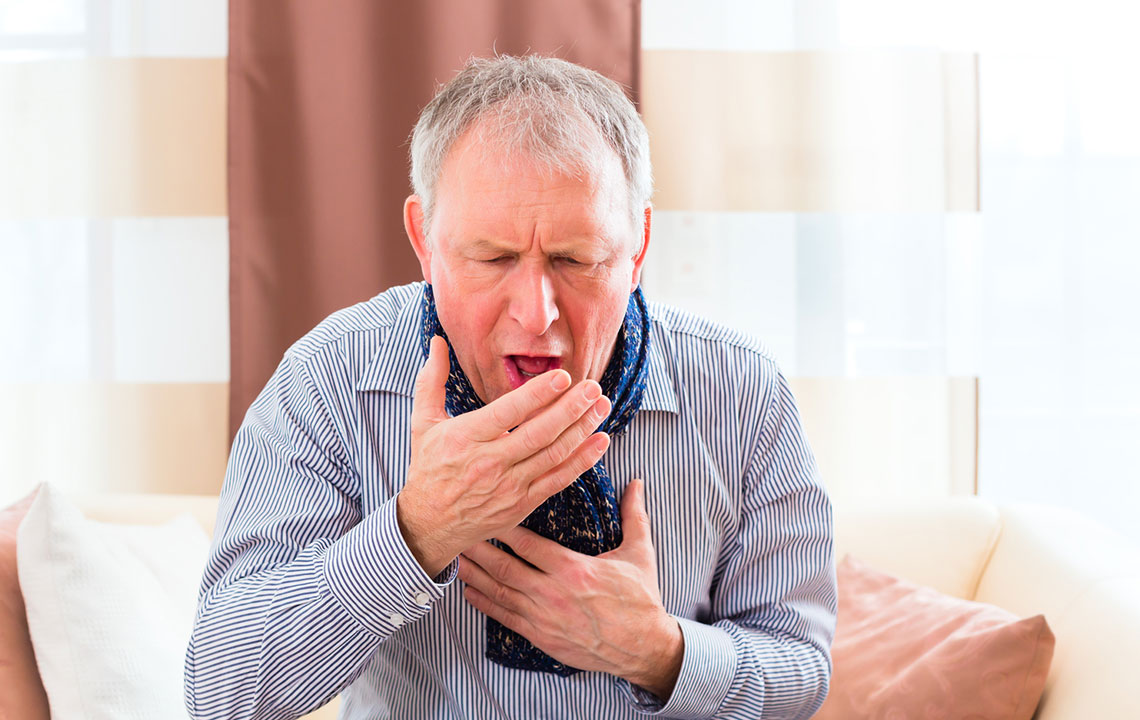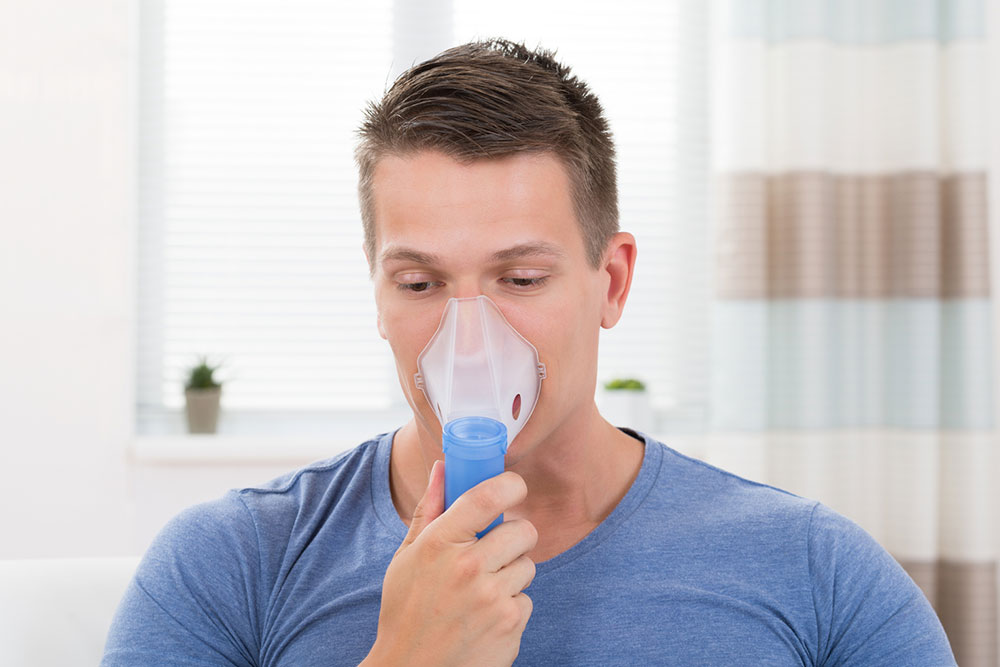Comprehensive Guide to Chronic Obstructive Pulmonary Disease (COPD): Causes, Symptoms, and Effective Management Strategies
This comprehensive guide on COPD covers its causes, early symptoms, risk factors, and management methods. Emphasizing the importance of early detection, lifestyle changes, and medical treatments, it aims to educate patients and caregivers on how to control symptoms, prevent complications, and improve quality of life despite the chronic nature of COPD. Learn about the latest therapies, lifestyle tips, and prevention strategies for better respiratory health.

Comprehensive Guide to Chronic Obstructive Pulmonary Disease (COPD): Causes, Symptoms, and Effective Management Strategies
Chronic Obstructive Pulmonary Disease (COPD) represents a serious respiratory condition that progressively impairs lung function, leading to significant health complications if left unmanaged. COPD is not a single disease but an umbrella term that encompasses a group of conditions, primarily emphysema, chronic bronchitis, and in some cases, refractory asthma. These conditions are characterized by persistent airflow limitation, which causes breathing difficulties, persistent cough, mucus production, and wheezing. The development of COPD not only affects the lungs but is also associated with an increased risk of cardiovascular diseases, lung infections, and lung cancer. Understanding the intricacies of this disease, including its causes, early signs, and management techniques, is crucial for patients, caregivers, and healthcare providers alike.
The onset of COPD is primarily linked to long-term exposure to irritants that cause inflammation and damage within the lungs. While smoking remains the most significant risk factor, environmental pollutants and genetic predispositions play vital roles in the disease's development. Early detection and intervention can substantially improve the quality of life for those affected. This comprehensive guide aims to shed light on the causes, symptoms, potential complications, and management strategies for COPD, empowering individuals to take proactive steps towards respiratory health.
Major Factors Contributing to COPD
Tobacco Smoking – Smoking is by far the leading cause of COPD, accounting for over 80% of cases. Cigarettes contain a complex mixture of thousands of harmful chemicals that cause inflammation, damage the delicate lining of the lungs, and weaken the immune system's response. Continuous exposure to cigarette smoke leads to destruction of alveoli (the tiny air sacs responsible for gas exchange), causing emphysema, and results in chronic bronchitis by inflaming and narrowing airways. The risks increase with the quantity and duration of smoking, making smoking cessation the most critical step in preventing and managing COPD.
Environmental Pollutants – Chronic exposure to environmental irritants such as dust, chemical fumes, and passive smoke significantly increases the likelihood of developing COPD. People living in areas with poor air quality or industrial pollution are at higher risk. Occupational hazards, including exposure to vapors, fumes, and dust, also contribute notably to respiratory decline over time.
Genetic Factors – Although rare, genetic predispositions like alpha-1 antitrypsin deficiency can cause COPD, even in non-smokers. This inherited disorder impairs the production of a protein that protects lung tissue from damage. Individuals with such genetic factors are more vulnerable to early-onset COPD and often experience more severe symptoms.
Identify Early Symptoms and When to Seek Medical Help
In its initial stages, COPD may present with no noticeable symptoms, making early diagnosis challenging. However, as the disease progresses, signs become evident and can significantly impair daily life. Recognizing these early symptoms and understanding when to seek medical intervention is vital for effective management. Common symptoms include:
Persistent cough that may produce mucus
Breathlessness or difficulty breathing after physical activity
Mucus production, particularly in the mornings
Wheezing sounds during respiration
Frequent respiratory infections
Unintentional weight loss and fatigue
Swelling in ankles or feet due to strain on the heart
If any of these symptoms worsen or are accompanied by confusion, fainting, or a rapid heartbeat, immediate medical attention is necessary. Severe symptoms such as bluish lips or fingernails, severe shortness of breath, and inability to speak comfortably indicate a medical emergency.
Effective Management and Treatment Options for COPD
While COPD cannot be cured, timely diagnosis and appropriate treatment can effectively control symptoms, prevent exacerbations, and improve overall quality of life. Management strategies focus on reducing symptoms, preventing complications, and slowing disease progression. Some of the most effective approaches include:
Oxygen Therapy – For patients with low blood oxygen levels, supplemental oxygen therapy is highly beneficial. This involves using oxygen masks or nasal cannulas to maintain adequate oxygenation. Portable oxygen devices enable patients to remain active and maintain independence while ensuring consistent oxygen supply during daily activities.
Medications – Pharmacological treatments are the cornerstone of COPD management. Bronchodilators, including short-acting and long-acting inhalers, relax airway muscles and ease breathing difficulty. Corticosteroids help reduce lung inflammation. Additionally, mucolytics can assist in thinning mucus, making it easier to cough up. Vaccination against influenza, pneumococcus, and tetanus is strongly recommended to prevent infections that could exacerbate COPD symptoms.
Surgical and Procedural Interventions – In advanced cases unresponsive to medications, surgical options like lung volume reduction surgery, bullectomy, or lung transplantation may be considered. These procedures aim to remove damaged tissue or lungs to improve airflow and oxygenation.
Lifestyle Modifications – Abstaining from smoking is critical. Developing a healthy lifestyle that includes a balanced diet, regular moderate exercise, and stress management helps strengthen respiratory muscles and overall health. Avoiding environmental pollutants and practicing good hygiene can prevent infections and exacerbate symptoms.
Living with COPD: Tips for Better Quality of Life
Adapting to COPD involves integrating lifestyle changes and adhering to treatment plans. Patients should focus on maintaining an active but manageable exercise routine, such as walking or breathing exercises, to enhance lung capacity. Nutritional support through a well-balanced diet maintains energy levels and immunity. Participating in support groups offers emotional and psychological benefits, reducing feelings of isolation. Regular medical checkups are essential to monitor disease progression and adjust treatments accordingly. Precautionary measures, like avoiding smoke and pollutants, staying vaccinated, and recognizing early signs of exacerbations, can significantly improve day-to-day living and long-term health outcomes.
In conclusion, although COPD is a chronic and progressive condition, understanding its causes, symptoms, and management options enables patients and caregivers to take proactive steps. Early diagnosis, combined with lifestyle modifications and medical interventions, can lead to a healthier, more fulfilling life despite the ongoing challenges of COPD.





